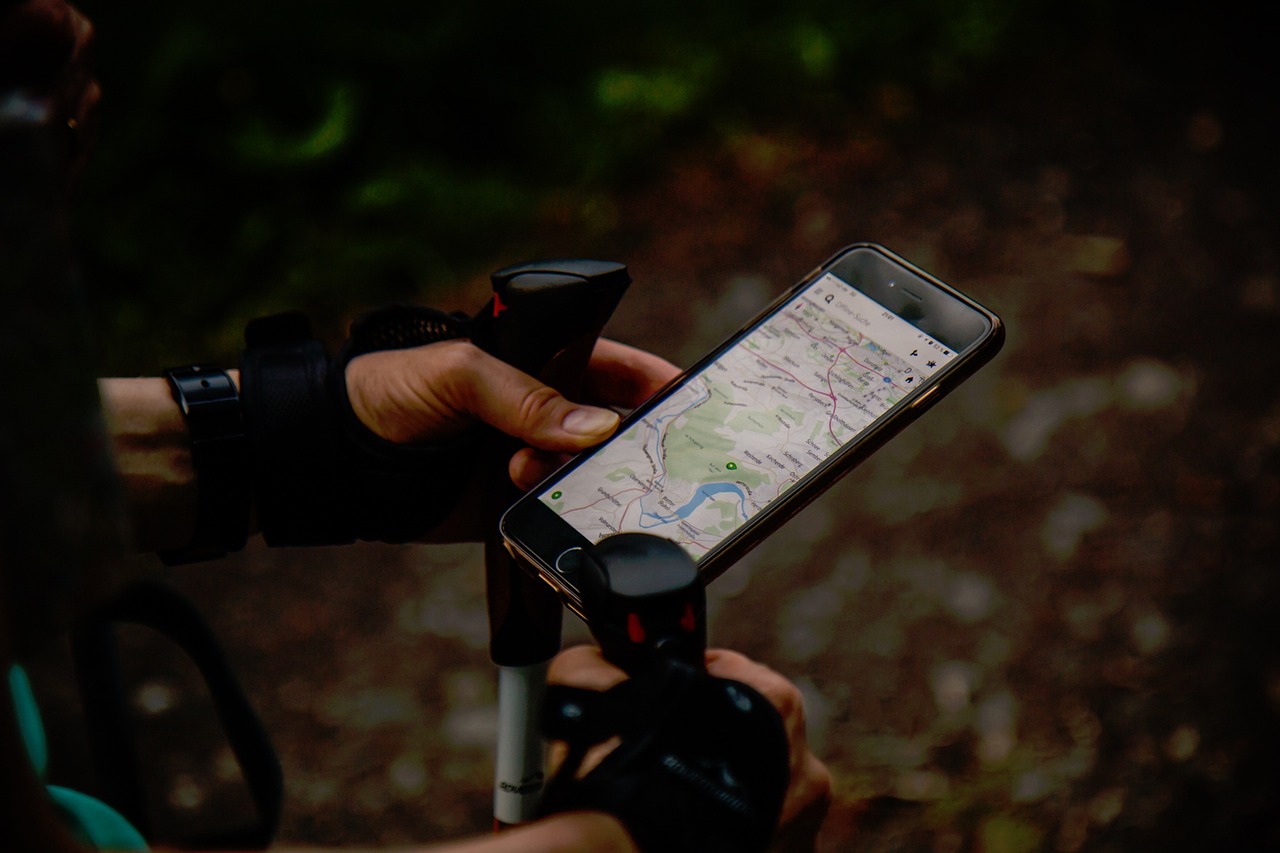
Geocaching
How often have you seen the words “good coordinates” or “this one was a little off from GZ”. In this issue we will discuss some of the reasons for this.
Most of the receivers we use today are accurate to within two to three meters. This varies with the quality of the equipment used. A GPS unit or a cell phone can easily be comparable in accuracy.
For instance, Garmin makes several Etrex units, distinguishable by color and price. The most expensive one would easily be assumed to be the most accurate. It usually is. An Apple phone would be similar in that the most expensive one would probably be the most accurate. You would be right if that was your line of thinking. The same would hold true with the other manufacturers of GPS receivers and all Android phones. Presently most of them are using the legacy frequency on the GPS satellites even though some are capable of better.
GPS satellites transmit with a signal called CDMA. Yes, the old cell phone frequencies are what they use. It may be a long time before this frequency stops being used even though upgrades to those machines in the sky are happening. The sheer numbers of equipment using this signal is staggering. Your phone, your vehicle, Fitbits and similar units, airplanes, road paving equipment, and on and on have this built in.
The L5 frequency transmitters are being added to equipment that is replacing the older satellites. This frequency is much more accurate as well as a stronger signal. Some manufacturers brag that it will increase the accuracy of the better receivers to within four inches. The complete conversion is expected to be complete sometime in 2027. The addition of this to some of the newer equipment has already started. I saw an ad for a combine that stated that it was L5 ready. That new cell phone you just bought may just need a software upgrade in order for it to use the new frequency.
Okay, let’s get back down to earth. Almost all receivers available at the present time are off from the true ground zero by up to three meters. This varies from unit to unit, brand to brand and even the location can make a difference.
GPS signals are radio waves and can be influenced by hydro wires, large metal objects or buildings, clouds or a thunderstorm, an automobile or a train that is close to where you are looking and even you can cause a bit of inaccuracy. By law your equipment does have to accept the interference that other objects or signals cause. One of my caches, because of Hydro wires, will give you a different ground zero if you approach from the north side than if you come in from the south side. The south side is where the trail is, so that’s the side I approached from to get the posted coordinates. The difference is small, but can throw you off a bit.
So, let’s get to the reason there may be a discrepancy with ground zero. If my GPSr is off by three meters to the north and yours is off by three meters to the south the possibility is there that the cache may be six meters from where the coordinates led you to. That means that the accuracy of the posted coordinates may be as accurate as a weather forecast.
Realistically though, it doesn’t matter how accurate your receiver is unless the unit that was used to place the cache was as accurate (or inaccurate) as yours. That is why the suggestion is out there to put your receiver away when it shows that you are thirty feet or nine meters away and begin looking from there. I still go to ground zero, put a flag there and start looking. Usually by the time I do this my wife has already uttered those magic words “found it”.
Hopefully when we meet on the trail we are both on the same side of it.
Gary Brown is the President of the Manitoba Geocaching Association (MBGA) and can be reached at mbgaexec@outlook.com.


